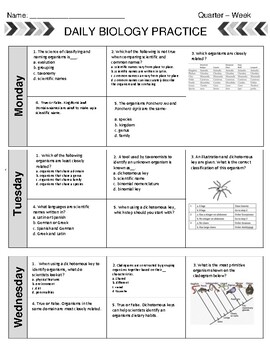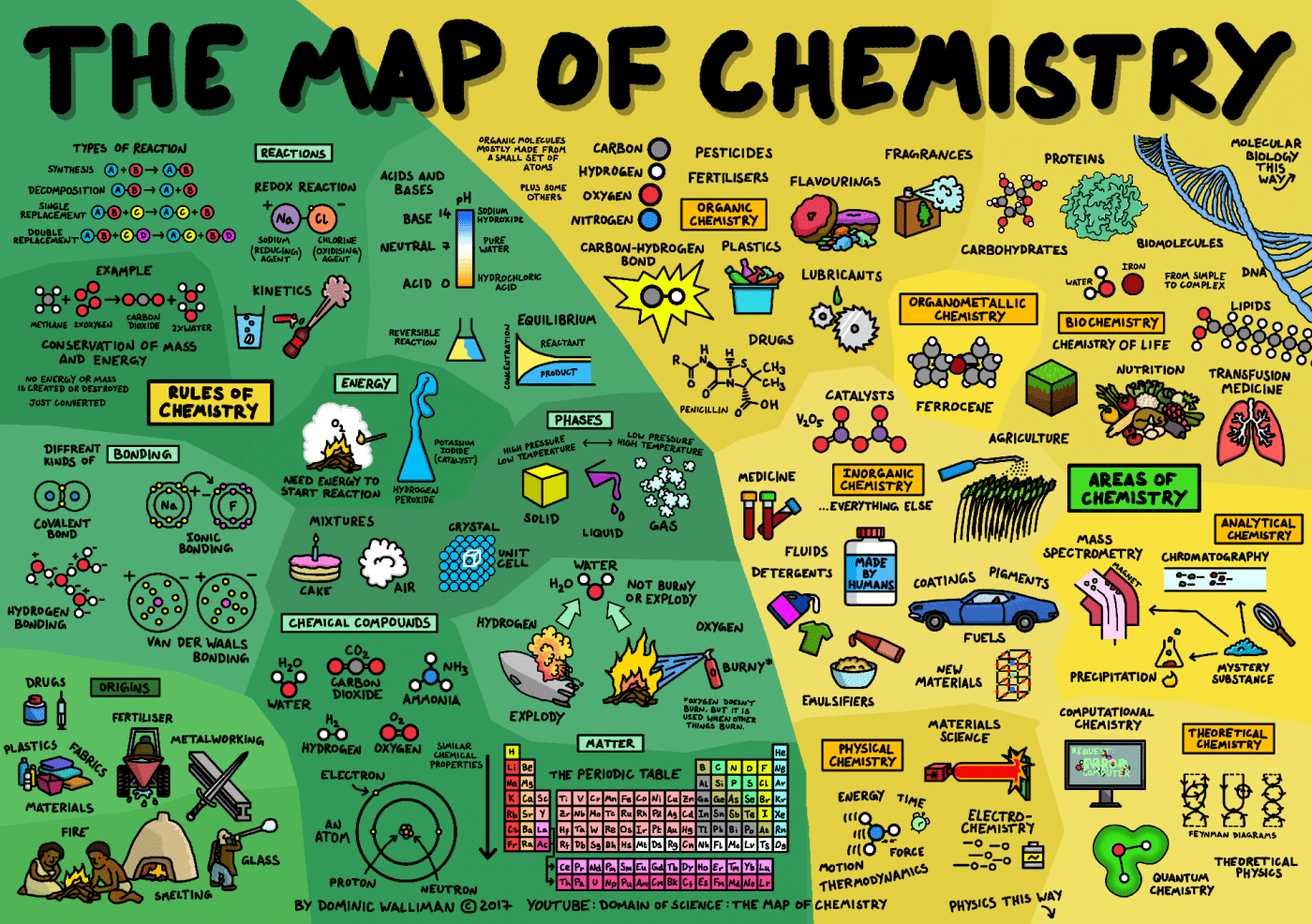

The NYT regularly reports false information on GMOs and agriculture, perhaps none so egregious as this utterly abominable article by Danny Hakim that compared pesticides to Nazi-made sarin gas. It also published a story on a fake disease called post-treatment Lyme disease syndrome. The paper promotes dubious fad diets, cited the quack Joe Mercola on a story about the safety of wearable electronics, and gives voice to organic foodies. The NYT - America's alleged newspaper of record - has itself quite a record of unscientific transgressions. (Previously, that dubious distinction went to ScienceBlogs, but nobody reads that anymore.) SciAm's best content is generally stuff they reprint from other outlets.

What's wrong with Scientific American? For a long while, Scientific American became the headquarters for left-wing social justice warriors and others who felt bashing conservatives was more important than reporting good science. It is very serious and well reported, but the topic selection is esoteric and of interest to few people. While some of their content is good, our biggest problem with them is that they are prone to wide-eyed speculation and clickbait rather than serious science news analysis. No love for Popular Science and Wired? They're okay. NewScientist and Live Science are perfect for true science geeks. The Economist is excellent for people who are mostly interested in global news and politics but have a curiosity for science. The best of the best. By far, the two best sources of science news (besides ACSH and RealClearScience, of course!) are Nature and Science, both of which have news sections aimed at the general public. Here are more detailed explanations for a few specific choices 2: (RealClearScience also has its own analysis of this infographic.) (By "poorly reported," we mean either the topic selection is dull or the content is mostly fluff or sensationalism.)

Outlets toward the bottom are of limited interest or are poorly reported. Outlets toward the top are of broad general interest and are well reported. On the Y-axis (from top to bottom), we rank media outlets based on whether they are compelling sources of information. Evidence plays little to no role for these outlets. Sources in the red column, on the other hand, are driven by ideology and are characterized by lopsided reporting.
#Science daily biology free
Media outlets in the green column produce scientific content that is based on evidence and is largely free of ideology. On the X-axis (from left to right), we rank sources by their fundamental trustworthiness. Some journalists really do care about reporting the news as it is rather than the way they would like it to be. So, in an effort to promote good science news sources while castigating the bad, we teamed up with RealClearScience to create an infographic. One thing experience has taught us is that some news outlets are better than others. Every week, it seems, an everyday food is either going to cure cancer or kill us all. Not only is it susceptible to the same sorts of biases that afflict regular journalism, but it is uniquely vulnerable to outrageous sensationalism. If journalism as a whole is bad (and it is), science journalism is even worse.

It helps to be well informed, and it requires a conscious suspension of credulity combined with a gut instinct honed over years of experience. A common question I hear again and again is, "How do I know if a news story is fake?" There is no easy answer 1.


 0 kommentar(er)
0 kommentar(er)
